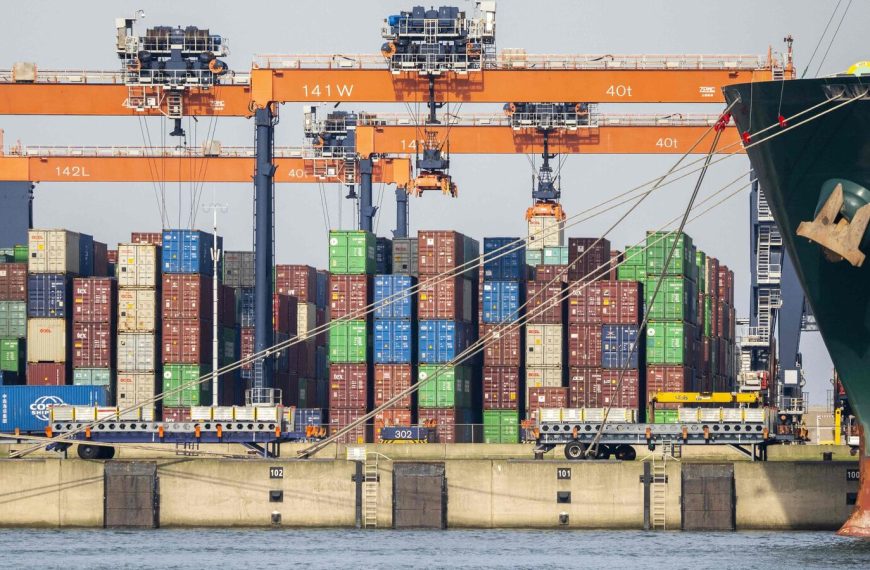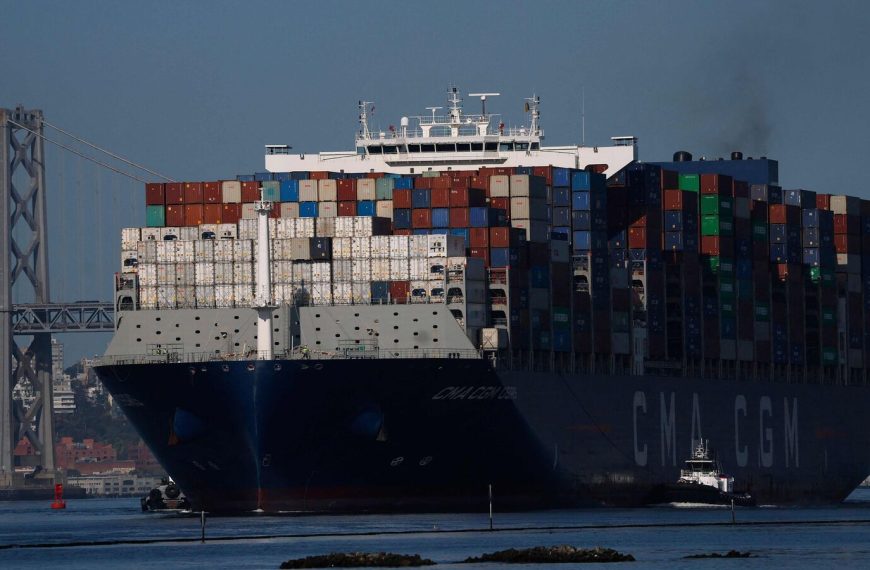In February 2024, consumer spending in the United States showed signs of recovery, increasing by 0.4% after a revised decline of 0.3% in January. This positive shift, reported by the Commerce Department’s Bureau of Economic Analysis, suggests a rebound in economic activity, driven primarily by rising prices, which play a significant role in shaping overall economic trends. However, challenges loom as fears of sluggish growth and persistent inflation continue to cast a shadow over the economy.
Rising Concerns Over Economic Growth
Despite the uptick in consumer spending, worries about a slowdown are intensifying. Economists had anticipated a stronger recovery, projecting a 0.5% increase in spending, following an earlier estimate of 0.2% decline in January. The combination of rising inflation and ongoing trade tensions raises flags about future economic stability.
- Key factors contributing to economic concerns:
- Persistent inflationary pressures
- Trade tensions affecting consumer confidence
- Potential for economic contraction
Impact of Tariffs on the Economy
President Donald Trump has implemented various tariffs since his administration began, with the most recent being a 25% tariff on imported cars and light trucks, set to begin next week. Economists caution that these tariffs could hinder economic growth, potentially triggering a recession as trading partners retaliate with their own tariffs.
- Consequences of tariff implementation:
- Increased costs for consumers
- Strain on international trade relationships
- Heightened risk of economic slowdown
Trade Deficit and Shifts in Consumer Behavior
As businesses raced to import goods ahead of impending tariffs, the trade deficit widened significantly. Consumers also accelerated their purchases to sidestep higher prices, resulting in a surge in spending during December. However, this momentum did not carry over into early 2024, as the lack of proactive buying and unusually cold weather slowed spending.
GDP Growth and Recessionary Threats
Prior to the release of the consumer spending figures, first-quarter GDP estimates hovered around a modest 1.0% annualized growth rate, raising concerns about potential economic contraction. The economy previously expanded at a 2.4% rate in the fourth quarter of 2023, but projections indicate a likely deceleration ahead.
Inflationary Trends on the Rise
According to the Personal Consumption Expenditures (PCE) price index, the Federal Reserve’s favored measure of inflation, prices climbed by 0.3% in February, matching January’s increase. Over the past year, the PCE index showed a 2.5% rise, consistent with January’s figures. Notably, core inflation, which excludes food and energy costs, increased by 0.4%, reaching an annual growth rate of 2.8%.
Federal Reserve’s Position
Jerome Powell, the Chair of the Federal Reserve, recently acknowledged that inflationary pressures have been partially driven by tariffs, potentially delaying further economic progress. The Fed closely monitors PCE price metrics to uphold its 2% inflation target. Despite the ongoing inflationary challenges, the Federal Reserve has maintained its benchmark interest rate within the 4.25%-4.50% range, while markets speculate on a possible rate cut in June.
In summary, while February showed an increase in consumer spending, the looming challenges of inflation and tariffs present significant risks to the economy’s stability. As we move forward, monitoring these trends will be essential for understanding the broader economic landscape.











